It looks like a white powder and has nearly the same density as liquid water.
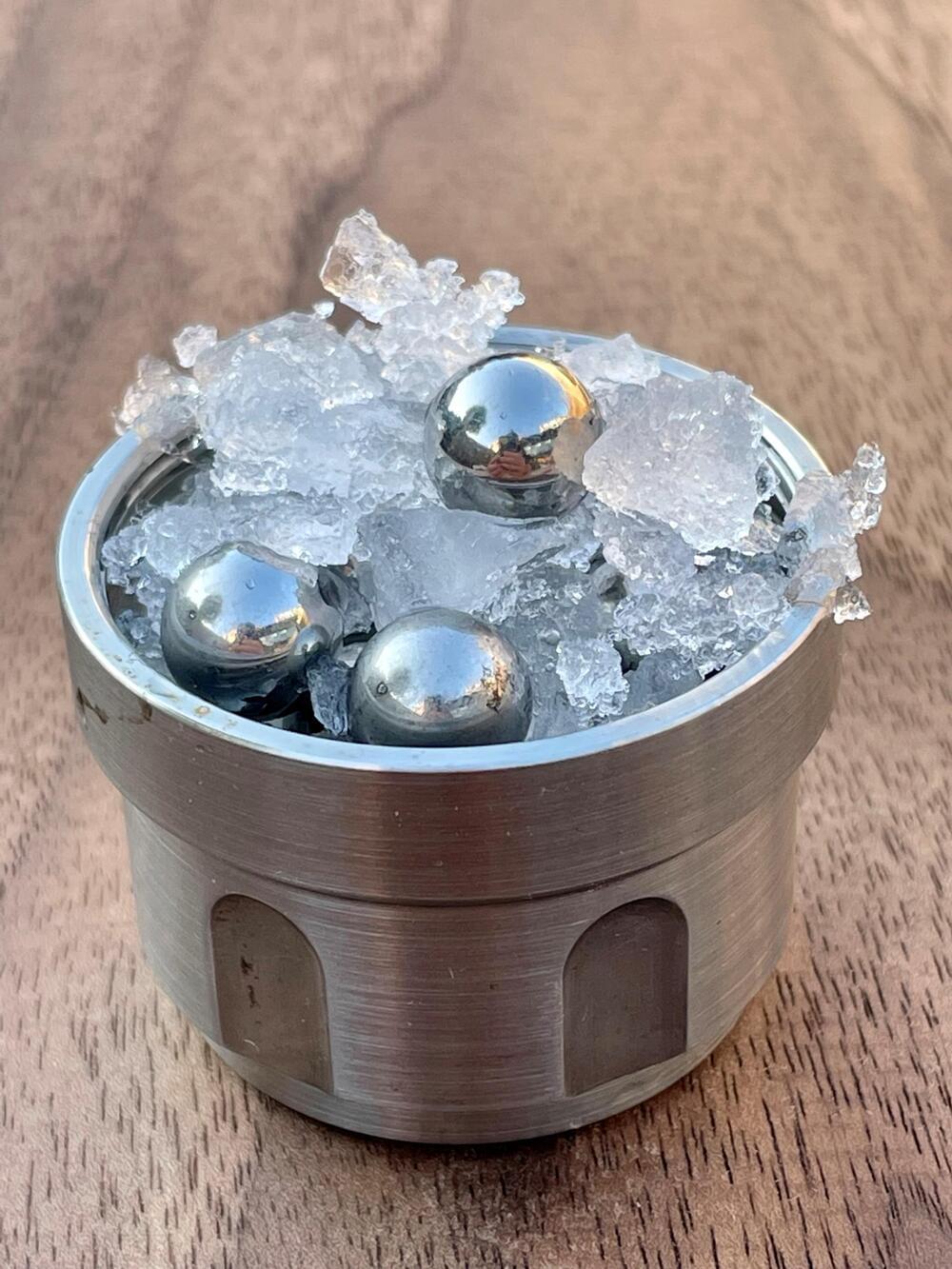

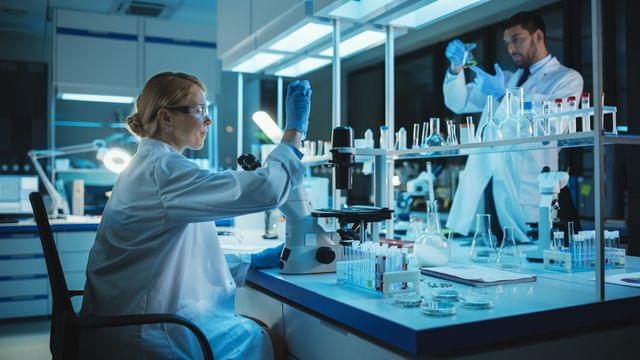
Researchers at the University of California, Irvine and Los Alamos National Laboratory, publishing in the latest issue of Nature Communications, describe the discovery of a new method that transforms everyday materials like glass into materials scientists can use to make quantum computers.
“The materials we made are substances that exhibit unique electrical or quantum properties because of their specific atomic shapes or structures,” said Luis A. Jauregui, professor of physics & astronomy at UCI and lead author of the new paper. “Imagine if we could transform glass, typically considered an insulating material, and convert it into efficient conductors akin to copper. That’s what we’ve done.”
Conventional computers use silicon as a conductor, but silicon has limits. Quantum computers stand to help bypass these limits, and methods like those described in the new study will help quantum computers become an everyday reality.
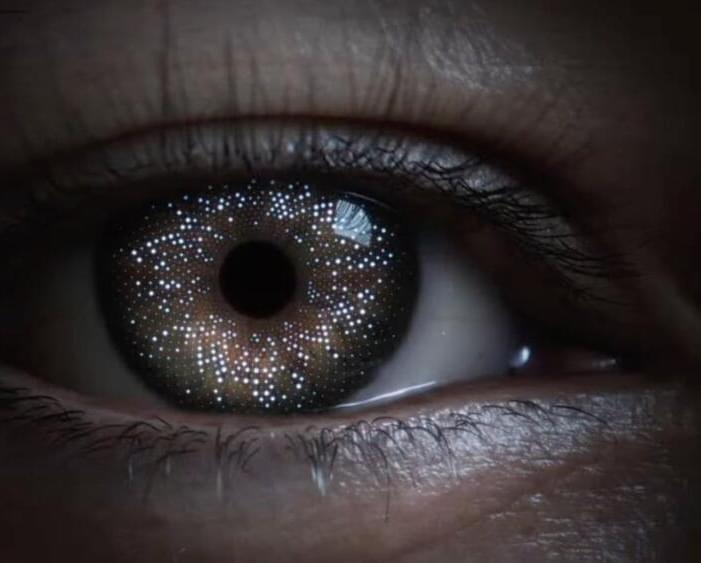

Several archaeological finds from across the ancient Greek world have revealed the advanced state of ancient Greek plumbing systems.
Although plumbing is rarely the first thing that comes to mind when one thinks of advanced civilizations – indeed, the gleaming columns of stunning temples are a much more typical image in the popular imagination – adequate hygiene and sanitation are a cornerstone of any sophisticated and functioning society.
The ancient Greeks installed plumbing, drainage systems, and infrastructure to supply water to their cities. As urban areas grew, and political life increasingly revolved around the polis (city), ensuring that these areas were adequately sanitized and had access to clean water became more important.

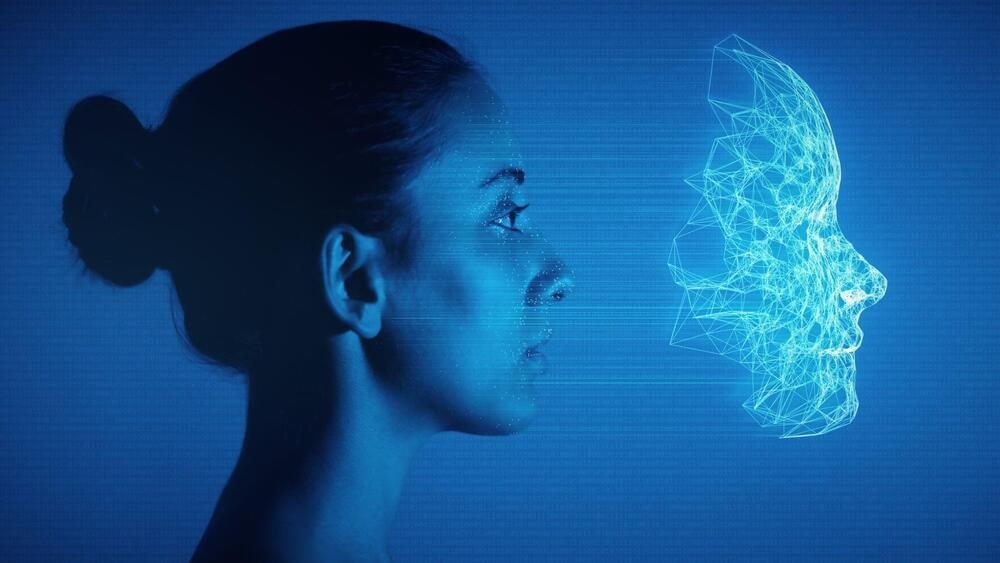
Facial recognition is a technology that can identify or verify a person’s identity based on their face. It can be used for various purposes, such as unlocking smartphones, verifying identities at airports, or finding missing persons. However, facial recognition also seriously threatens personal privacy, as it can be used to track, monitor, or profile people without their consent or knowledge. For example, some governments or companies may use facial recognition to spy on citizens, customers, or competitors or to collect and sell their data.
How can we prevent facial recognition from invading our privacy?
To protect our facial privacy, some researchers have proposed different methods to prevent facial recognition from working. These methods, collectively called anti-facial recognition (AFR), aim to hide, distort, or replace the faces in images or videos. For instance, some AFR methods use masks, makeup, glasses, or hats to cover or alter facial features. Other AFR methods use software to blur, pixelate, or swap the faces in digital media.
BlackSky is close to completing its SMART satellite network which uses AI to revolutionize global monitoring and security with unprecedented efficiency.
BlackSky has won Phase III of IARPA’s SMART program to develop the U.S. agency’s AI-driven satellites for global monitoring.
Apple’s latest gadget, the Apple Vision Pro, is a mixed-reality headset that promises to immerse users in a new dimension of spatial computing. But what makes this device so special, and how does it work?
To find out, the folks at iFixit did what they do best: they took it apart. In their usual fashion, they documented the process in a video and an article, giving us a glimpse of the inner workings of Apple’s most advanced hardware ever.
The teardown was challenging, as the Apple Vision Pro is complex and delicate. It took a lot of heat, tools, and patience to pry open the front glass, which revealed a maze of wires, sensors, and displays.
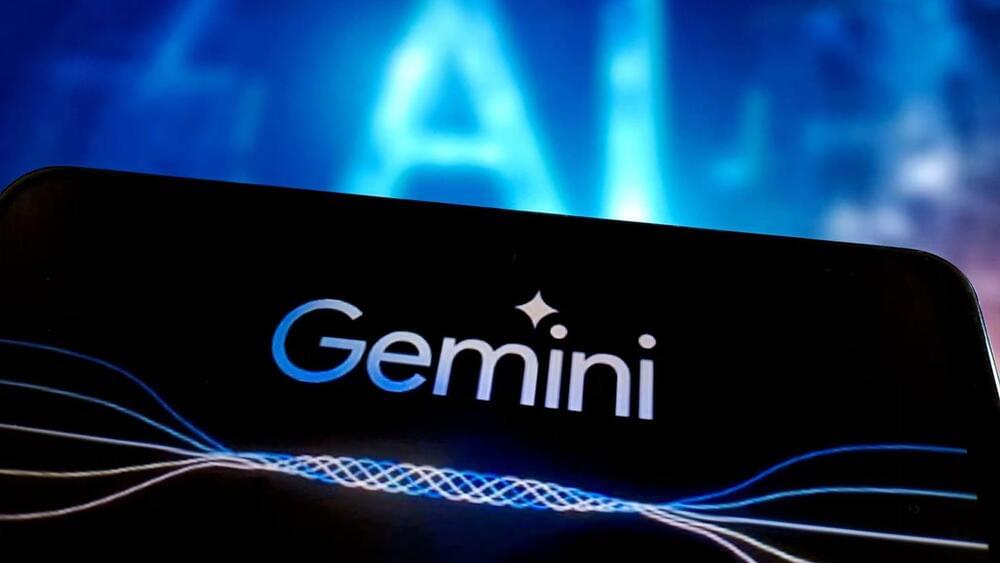
Gemini is the new Bard
Bard, which debuted in 2022, is Google’s attempt to create a generative AI chat experience that can do anything from writing poems and stories to generating images and code. The chatbot has been constantly evolving, adding new features and capabilities. Last year, Google upgraded Bard with Gemini, a multimodal AI model that can handle text, images, audio, and video. Last month, Bard added an image generator to create realistic pictures from text descriptions.
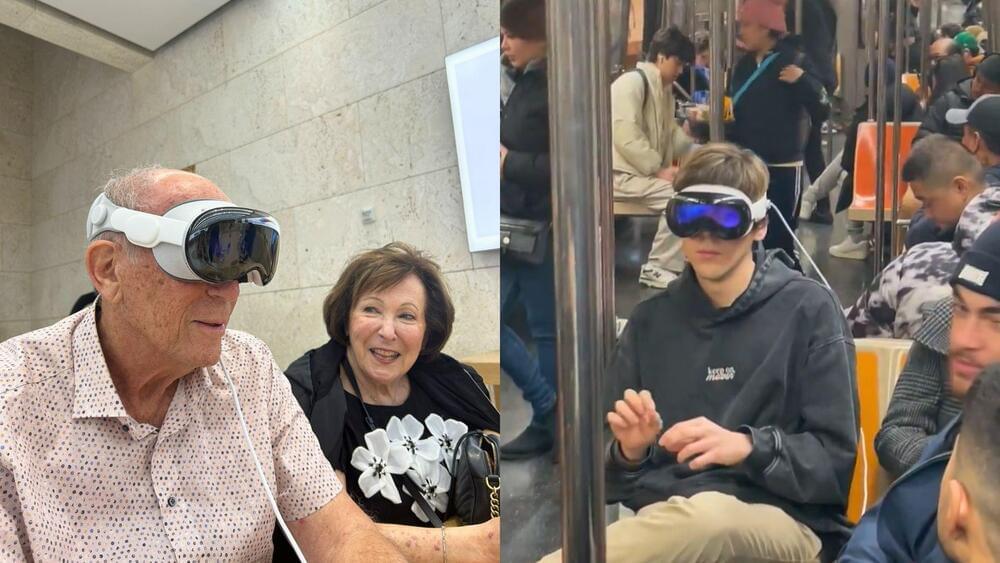
Apple has always been known for its innovative products, but its latest creation might be its most ambitious. The Apple Vision Pro is a headset that promises to revolutionize how we interact with technology by seamlessly blending the digital and physical worlds.
The device, which costs a whopping $3,500, has already hit the stores and attracted much attention. Some people are eager to try out the new possibilities of spatial computing, while others are mocking the sight of people wearing the bulky and futuristic-looking gadget.
One of the first to test the Apple Vision Pro in the real world was Casey Neistat, a popular social media personality and filmmaker. In a video posted on Saturday, he showed how he used the device in its passthrough mode, allowing him to see his surroundings through cameras and screens while accessing various virtual features.